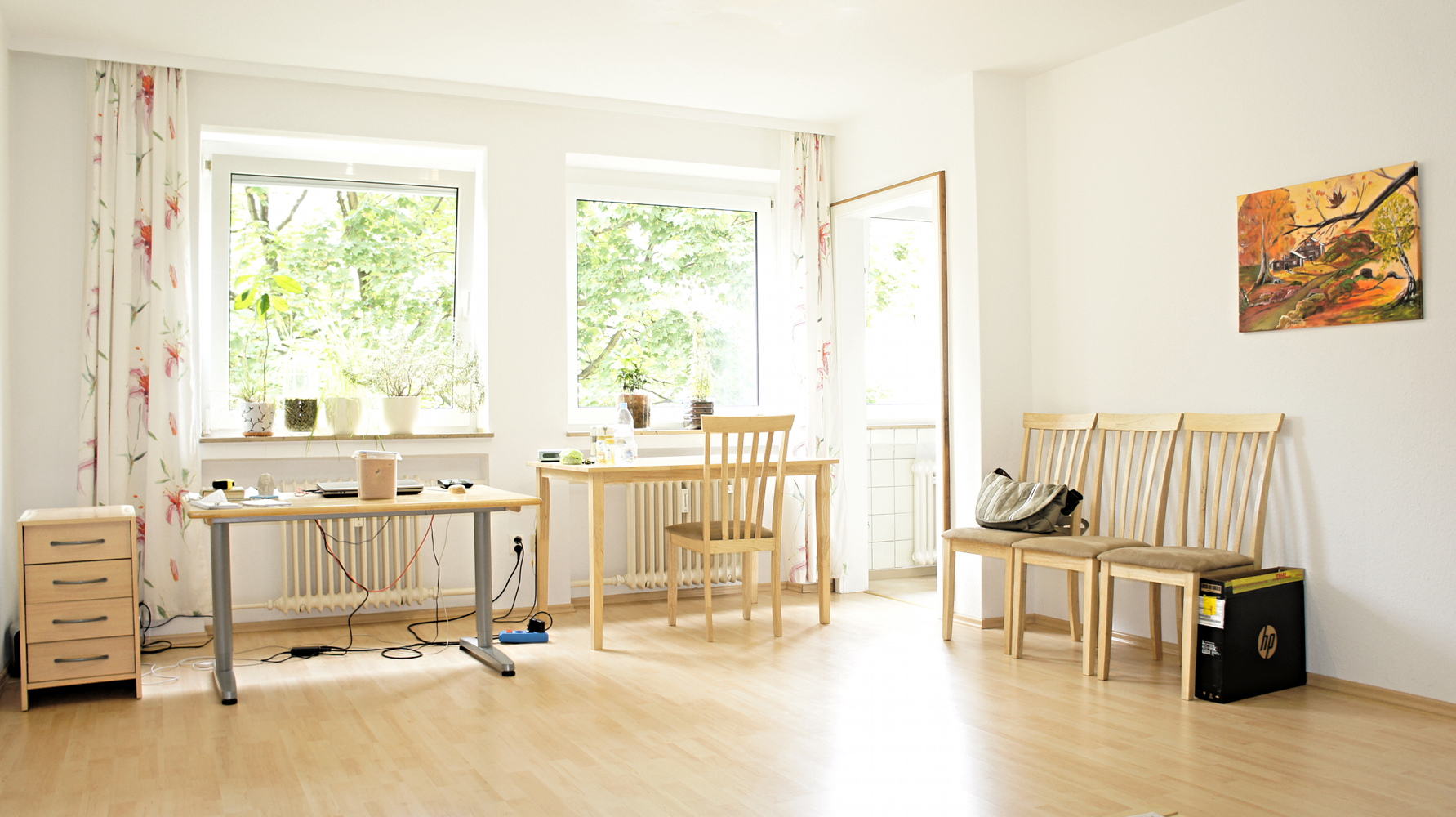How to Make Your House Energy-Efficient
From fuel-efficient cars to solar panels on roofs, consumers everywhere are looking for more ways to reduce their energy output; either to reduce spending or help the environment. Here are some great ways for you to make your house more energy-efficient.
Build with the Sun in Mind
One of the most overlooked (and important) factors in home design is orientation. A study by the Bonneville Power Administration found that homes orientated toward the sun (without any additional solar features saved between 10% and 20% on heating costs! School children can tell you that the sun rises in the East and sets in the West. However, the sun’s position also varies by the time of year and the location of your house. For this reason, it is important to have your house designed with how sunlight enters your house.
Insulation and Airflow
Insulating your walls and attic will save you a lot on heating and cooling your home. Making sure that any openings to the outside are properly sealed will also help reduce spending. Windows are a huge factor in airflow, which is why it is important to choose highly rated Energy Star windows when building a new house. Windows that seal better will slow the transfer of heat between your house and the outdoors. The placement of windows throughout the house should be designed to efficiently move air through the house when using outside air to cool your house during hot days.
Cool Roofs
A cool roof is one that has been designed to reflect more sunlight and absorb less heat than a standard roof. Cool roofs can be made of a highly reflective type of paint, a sheet covering, or highly reflective tiles or shingles.
Plant shade trees and shrubs around your house
Good landscaping (particularly deciduous trees) can save energy, especially if planted on the house’s west side. In summer, the foliage blocks infrared radiation that would warm the house, while in winter the bare branches let this radiation come through. Of course, if your house has very good insulation and Energy Star or better windows, the effect is much, much smaller because the house itself is already blocking almost all the heat gain.
Choose LEDs over Incandescent Lights
Only 10% of the energy of incandescent bulb are emitted as light, the other 90% is emitted as heat. Incandescents also don’t last as long as LEDs. The typical incandescent bulb lasts about 1,000 hours, while a 12-watt LED bulb lasts 25,000 hours. In other words, incandescents last about a year while LEDs up to 25 years. For more home-building saving tips, check out this previous blog post.
Each of these methods for making your house more energy-efficient, on its own, will only reduce your energy spending by a small amount, but combining several, or all, of these ideas, will make a significant impact on the total efficiency of your house. When designing your new custom home, ask Hagen Homes how they can make it energy-efficient!

